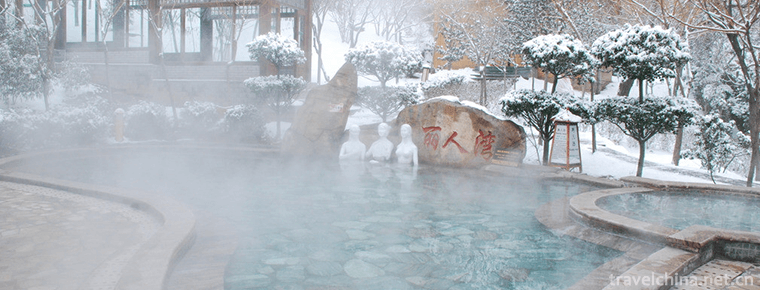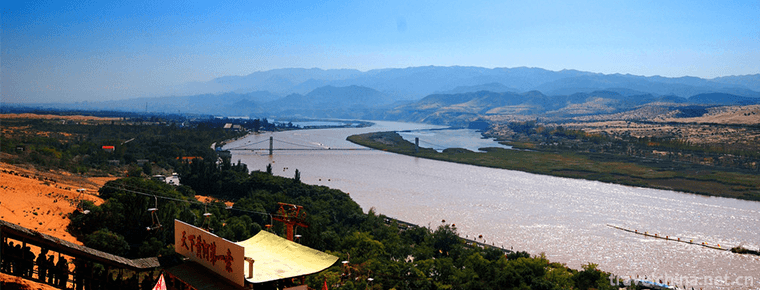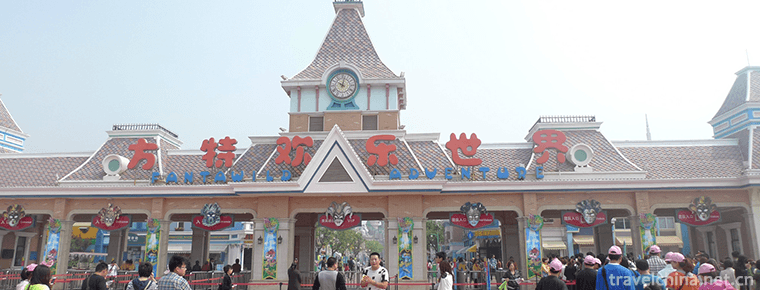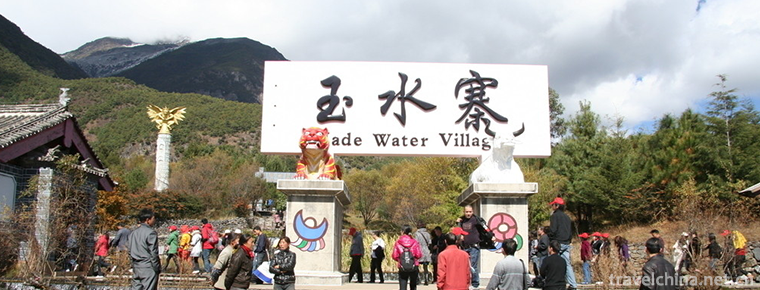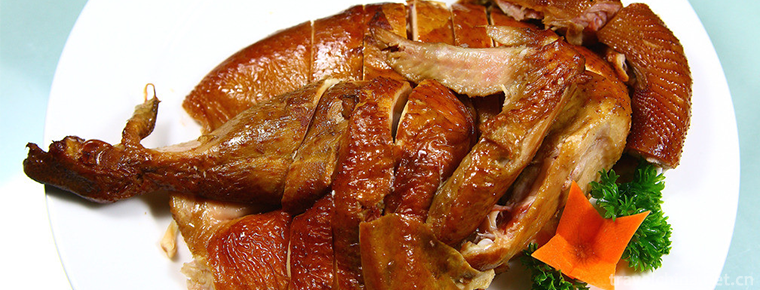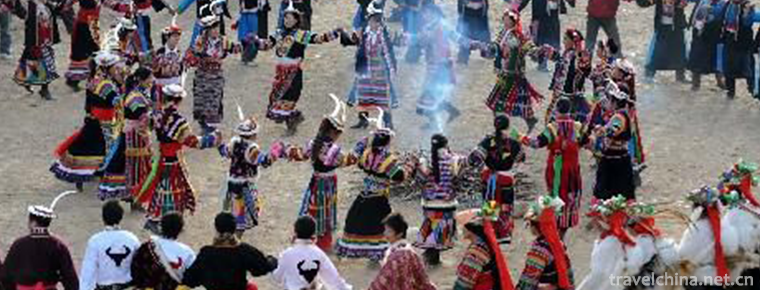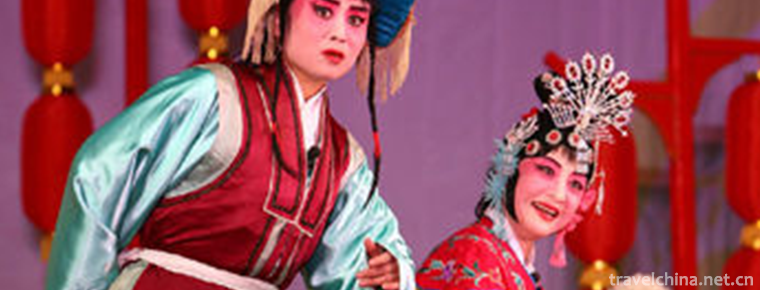Forty eight Zhai Song Festival
Forty eight Zhai Song Festival
The forty-eighth Village Song Festival is a northern Dong dialect Song Festival in Tianzhu County, Guizhou Province, China. It is a traditional national festival featuring Dong and Miao minorities, singing and young people's friendship and love. The forty-eighth village, known as the "National Ecology Museum", is the most representative one. It has its original ecology, long history and research value in the fields of nationality, folklore and music. It has been listed as the second batch of intangible cultural heritage in Guizhou Province in 2007. In the history of forty-eight villages, there are "four major song houses". Abao, Xiutian Village, Zhulin Township, is one of the four major song houses. Every year, on the fifteenth day of the seventh lunar month, the hillsides are crowded with people, and the singing voices rise and fall one after another, echoing each other from afar, and the scenes are spectacular.
basic feature
Since its formation, the forty-eight Zhai Song Festival has a history of thousands of years. After thousands of years of development, the following basic characteristics have been formed:
(1) Regional characteristics: Due to the specific people of Dong, Miao and their mixed areas, in the long-term survival and development, they have formed the characteristics of similar customs and languages, which have certain regional characteristics.
(2) Singing characteristics: In the long-term activities of national folk song exchange, the forty-eighth Village Song Festival has formed the characteristics of singing different tunes according to the location of the activity. Its singing mainly includes river side tune, high slope tune, green hill tune, Ali tune and so on.
(3) Multicultural characteristics: The forty-eighth Village Song Festival is not only derived from inheritance of ancient folk songs, but also from extensive absorption of folk songs and seasonal minors, but also from Yang opera and Nuo opera, as well as directly from the folk in Hunan and other places, thus forming a multicultural feature.
(4) Cultural coexistence characteristics: both local and foreign ballads, both Miao and Dong, coexist for a long time and develop independently, thus forming the coexistence characteristics of local and foreign ballads;
(5) The singing characteristics of Dong language: Although Miao people speak Miao language and Dong people speak Dong language, they can only sing in Dong language in forty-eight villages. This is the singing habit that has been formed for a long time and remains unchanged for thousands of years. The reasons need to be studied and discussed.
(6) The coexistence of four languages: in the Miao nationality areas of 48 villages, all of them speak Dong dialect, forming a peculiar phenomenon of speaking both Miao dialect and Dong dialect, as well as sour soup dialect and Han dialect, forming a peculiar linguistic feature.
(7) Intellectual characteristics of singers: once both singers choose the theme of singing, that is, to sing freely, singers often can not memorize the songs by rote. They must compose temporarily with the change of time, place and content, and sing orally, showing strong intellectual characteristics.
(8) Primitive cultural characteristics: In singing, singers adopt onomatopoeia, shape, expression, affection, description and other techniques to produce and live objective things. They are flexible and skillfully interlaced, without finishing and processing, singing directly, simple and natural, showing a unique simplicity and simplicity of beauty, thus constituting their original cultural characteristics.
Main value
The forty-eight Zhai Song Festival, with the above characteristics, occupies an important position in the northern Dong region and is the epitome of Miao and Dong cultures. It is an excellent folk culture in the border areas of Guizhou and Hunan, and a relic of ancient ethnic songs. The value of excavating, rescuing and protecting the forty-eighth Zhai Song Festival mainly includes two points:
(1) Academic value. Of the 56 ethnic groups in China, there are only forty-eight villages that can speak Miao, Dong, sour soup and Chinese at the same time. The rich content and basic characteristics of their festivals, as well as their inheritance history, are rare among all ethnic groups in China. They embody the spirit of national unity. The excavation, rescue and protection of the forty-eighth Village Song Festival will not only enrich and improve national folk songs, but also enrich and improve the history of Chinese ballads.
(2) Practical value. The excavation, rescue and protection of the forty-eighth Village Song Festival will play an important role in strengthening the construction of spiritual civilization in ethnic areas and even in the whole country, enriching the cultural life of the people, improving their amateur cultural living standards, promoting the all-round development of people and building a harmonious socialist society.
Location
The forty-eighth Zhai Song Festival is mainly held in Tianzhu County, Guizhou Province, followed by Jinping County, Guizhou Province and Jingzhou County, Hunan Province. The people of Dong and Miao nationalities gather to play in the mountains, sing, make friends and fall in love. The festival was named after 48 Dong and Miao villages (70% of them are in Tianzhu County, Guizhou Province).
The forty-eighth Zhai Song Festival covers a vast area. It is 29 kilometers away from Tianzhu County, 20 kilometers away from Jingzhou County, Hunan Province, and 5 kilometers away from Maoping Village, Jinping County. Yuankou Town in the east, Jingzhou County in the south, Jinping County in the West and sociology Township in Tianzhu County in the north. It is the junction of Tianzhu County in Guizhou, Jinping County in Guizhou Province and Jingzhou County in Hunan Province. The area spans 26 40'- 26 80', 109 10'- 109 70', with an area of 188 square kilometers. With a population of 50,000, they are all Dong and Miao nationalities, of which Dong is the main ethnic group.
Forty-eight villages are the junction of Guizhou and Hunan provinces. Most of the villages are located in Tianzhu, a deep hilly area surrounded by mountains, valleys and streams. The northwest Huangseng Mountain is 1010 meters above sea level. It is the fourth peak in southeastern Guizhou. Tianhua Mountain in Southeast Guizhou is 980 meters above sea level. There are temples and song halls on the mountain. The annual average temperature is 20 degrees Celsius and the annual precipitation is 400 mm. The frost-free period is about 300 days. Forest land accounts for 34.8% of the county's area. The main minerals in the forty-eighth village are gold, silica and limestone, with gold being the most abundant with a source of up to 5 kilometers. Water resources are good. The Qingshui River flows through the jurisdiction area about 30 kilometers long. There are numerous rivers such as Sanmen River, Guangxi River and Xikou River.
Because of the deep mountains and valleys, there were only two flower-step roads (official roads) connecting Guizhou and Hunan in the forty-eighth village before liberation. Qingshui River, as the only channel linking the forty-eighth villages with the two lakes, Guangdong and Jiangsu and Zhejiang provinces, has brought a lot of timber and foreign loans since the Ming and Qing Dynasties. It has enriched the people of this area. Qingshui River has become the mother river of forty-eighth villages, which is highly respected and loved by people, and Han culture has also been introduced in large quantities. Therefore, the mixed dwelling of Dong and Miao nationalities and the large integration of national culture constitute a special geographical environment for the growth and inheritance of folk culture in the forty-eighth Zhai Song Festival.
The main distribution areas are: Bamboo Forest Township, Gaochu Town, Yuankou Town, Social Science Township, Sanjiang Town, Maoping Town, Jinping County, and most villages in Dabaozi Town and Sanqiu Township, Jingzhou County, Hunan Province.
Its main villages are bamboo forest, Yangjia, Xiutian, cotton, plum blossom, Huali, Xinzhai, Longtang, Mayang, Pingmang, Bianpo, Zhongzhai, Baotang, Jiufutang, Dong Laxi, Sanmentang, Dichong, Dachong, Dachong, Xigao, Yanpan, Qinglang, Maoping, Dabaozi, Aoshang, Qingshan Foot, Jitian, Yuankou, Xikou, etc.
historical origin
The forty-eighth Zhai Song Festival is a microcosm of the amateur cultural life of the people in the border areas of Guizhou and Hunan. The Festival has a long history. When did it originate? Because there was no written language and no record left by the minority nationalities at that time, although the historical books, local records and genealogy described it, there was no definite conclusion about its historical origin.
From the ballads spread among the people, it can be inferred that the forty-eighth Village Song Festival originated in the era of tribal leaders, reached its peak in the Yongzheng period of the Qing Dynasty, reached its maturity in the Qianlong period of the Qing Dynasty to the Republic of China, reached its climax after the founding of New China, and gradually declined in the late 1980s, after several ups and downs, twists and turns, so far the festival is still fascinating in people's hearts.
The origin of the opera house in forty-eight villages is the song of exile, which sings: "At the beginning, the ancients, King Yang Wu, opened the opera house in the hands of King Wu. King Wu left this road, and now he has to join the regiment." It can be seen from the song of exile that the assembly of song venues should begin in the tribal period of King Yang Wu.
"The song of exile" also contains: "The song house gathering is not only rising today, it has been handed down from ancient times to today. Previous people left flower pans, but now they have to be so uniform. The green hills are dimly visible. The road is built by the predecessors, and the river is long. The bridge is built by the predecessors. Four major song houses throughout the year have their roots in ancient times. The etiquette and righteousness of the song arena are not preserved in modern times.
The occurrence and development of the forty-eighth Village Song Festival can not be judged rashly because there is not enough literature or other basis. Therefore, the historical origin of the forty-eighth Village Song Festival can only be judged from the records of ancient songs circulated in the local area.
The occurrence and development of the forty-eighth Zhai Song Festival experienced the emergence and formation period of the tribe, the Three Kingdoms and the Jin Dynasty, the maturity and prosperity period from the mid-Qing Dynasty to the Republic of China, the new and turning period from the beginning of the founding of the People's Republic to the early 1980s, the cold and silent period after the 1980s, the rescue and recovery period of compilation integration, and the promotion and revitalization period at the present stage.
Endangered situation
Although the forty-eighth Zhai Song Festival has done a lot of excavation, rescue, inheritance and promotion work with the vigorous support of Tianzhu County Committee, County People's Government and relevant Township Party committees and governments, and the activities have been well carried out, there are still many problems that are difficult to solve:
(1) The social basis on which festivals and music depend for their survival and development has changed. Some traditional national festivals are fading away, and the main activities of the festival are gradually shrinking. The past scenes of tens of thousands of people and people from several provinces participating in the festival and singing are no longer reappeared. With the popularity of pop songs, TV and VCD, traditional festivals are gradually forgotten, and the opportunities for rural youth to show their talents in singing competitions are decreasing.
(2) Some famous singers have gradually withdrawn from the singing arena because of their old age, and some have died one after another. Some excellent ballads and long poems are difficult to inherit, while young singers are unique in their singing level and enjoy little prestige in the forty-eight villages.
(3) With the rising tide of urban migrant workers, some young men and women have gone out to work one after another, and fewer and fewer young people have participated in the activities. The phenomenon of dynastic generation has already appeared. The development of the forty-eighth Village Song Festival is difficult and the endangered situation is difficult to change.

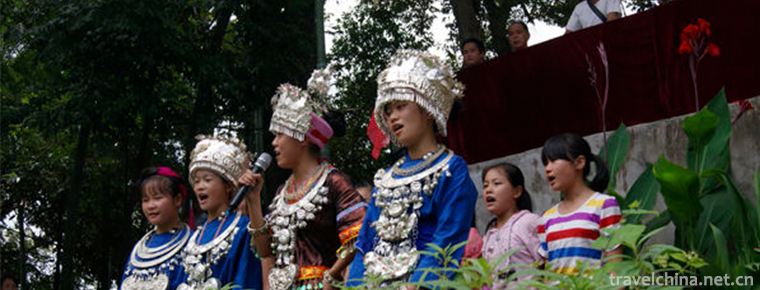
-
Terracotta Army
Terracotta Warriors and Horses, terracotta warriors and horses of Qin Shihuang, also referred to as terracotta warriors and horses or terracotta warriors and horses of Qin Dynasty.
Views: 175 Time 2018-11-11 -
White Deer hot spring bailu hot spring
Bailu Hot Spring is a hot spring resort center built according to the national AAAA scenic standard. Located in Wentang Town, Pingshan County, Shijiazhuang City, Hebei Province, Bailu Hot Spring is a .
Views: 136 Time 2019-01-02 -
Scenic Spot of the Source of the Yellow River
Kariqu, one of the sources of the Yellow River, started with five springs, and Maqu, the other with only one springs. This is the source area of the Yellow River. Tourists here can't imagine that the .
Views: 175 Time 2019-01-18 -
Mount Tai Fonters Happy World
Tai'an Fangte Happy World is located in the eastern New Area of Taishan District, Tai'an City, Shandong Province. Font's Happy World is characterized by science fiction and animation.
Views: 366 Time 2019-02-13 -
Yushuizhai Scenic Area
Yushuizhai Scenic Area is a national AAAA level tourist area (spot), located in the north of Baisha Town, which consists of a series of scenic spots. Yushuizhai Scenic Area is a scenic spot with Naxi .
Views: 161 Time 2019-03-07 -
Production Techniques of Dezhou Braised Chicken
Dezhou Grilled Chicken is a kind of poultry meat product cooked slowly in small fire. It is originally produced in Dezhou City, Shandong Province. It is also known as Dezhou Wuxiang Boneless Grilled C.
Views: 271 Time 2019-04-26 -
Panda Dance
Panda dance is a traditional dance originating in Jiuzhaigou County. Every year on the 15th and 16th of the first lunar month, some of the Baima Tibetans wear panda masks to exorcise evil spirits. .
Views: 111 Time 2019-04-26 -
Flower shuttlecock
Shuttlecock is a traditional folk sport with a long history, which is widely spread in China. Regular exercise can activate muscles and bones and promote health. According to historical documents .
Views: 294 Time 2019-05-04 -
a kind of local opera popular in Shandong Province
Liuqiang, a local traditional drama in Jimo City, Shandong Province, is one of the national intangible cultural heritage..
Views: 243 Time 2019-05-14 -
Sichuan Minzu College
Sichuan College for Nationalities is a full-time general undergraduate college in Sichuan Province. It is also the only national undergraduate college in Kangba Tibetan District. It is located in Guza.
Views: 174 Time 2019-08-31 -
Capital Institute of Physical Education
Capital Institute of Physical Education is a sports class in Beijing. Ordinary universities Located on Beijing City Haidian District, West Zhongguancun Science Park District, east of Yan Mu scenic are.
Views: 328 Time 2019-11-24 -
Your smile is so beautiful Tik Tok Songs 2020 Hot Songs
The most pleasant thing is to listen to a song like the spring breeze, pure and clean children's voice washing the city's dusty heart..
Views: 423 Time 2020-05-21

